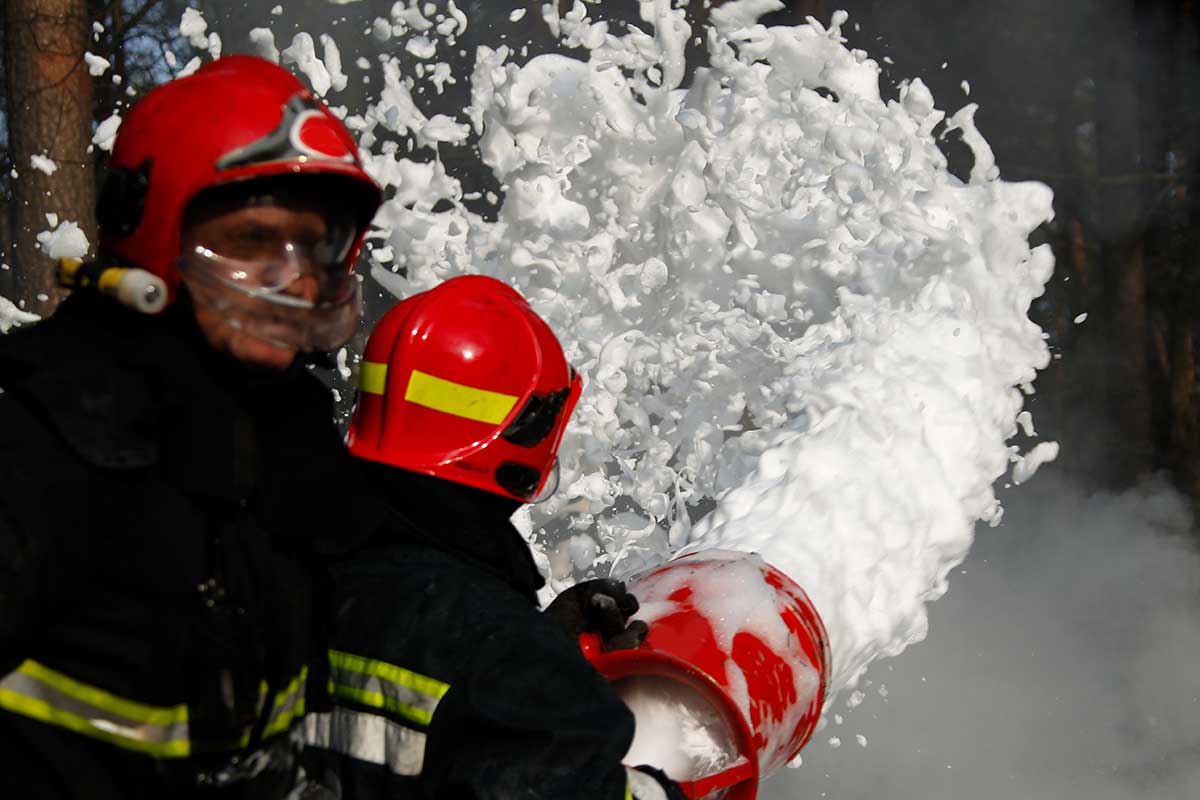100% confidential Case Evaluations
Answer a few basic questions to get started
Receive a confidential case evaluation
Have an individual claim filed for compensation
What Firefighters and Soldiers Must Know About Breast Cancer
Out of all occupational groups, both male and female firefighters and soldiers are among the most susceptible to breast cancer caused by AFFF and PFAS.
Despite mounting concern about cancer among male firefighters, few studies have assessed Aqueous Film Forming Foam (AFFF) and Per- and Polyfluoroalkyl Substances (PFAS) exposures or cancer risk among women firefighters, many of whom are concerned about the potential increased risk of breast cancer and other reproductive cancers.
Two studies have examined the incidence of breast cancer among women firefighters:
- One study found that women firefighters had higher incidence and mortality rates of breast cancer compared to the general US population.
- A study of Florida firefighters found that women firefighters had an increase in overall cancer risk and, in particular, an increased incidence of breast cancer compared to the general Florida population.
Women firefighters are exposed to higher levels of AFFF and PFAS compared to office workers, suggesting that some of these exposures may be occupationally related.
Aqueous Film Forming Foam (AFFF) Manufacturers and Product Names
3M – Lightwater (Manufactured only PFOS-based foam. Completed a voluntary phase-out in 2002 in agreement with EPA.)
National Foam, Inc./ Kidde-Fenwal – Aer-O-Lite, Aer-O-Water, Centurion, Universal (Began producing fluorinated foams as early as 1965. Continues to manufacture AFFF and other fluorinated foams. Now a subsidiary of Kidde-Fenwal, a subsidiary of Carrier.)
Chemguard – Chemguard (Continues to manufacture AFFF and other fluorinated foams.)
Ansul/Tyco – Ansulite (Continues to manufacture AFFF and other fluorinated foams. Now a subsidiary of Tyco.)
Chemours – FM-200 (Continues to manufacture AFFF and other fluorinated foams. Former subsidiary of DuPont. Now a subsidiary of Kidde-Fenwal.)
Buckeye Fire Equipment – Platinum (Legacy AFFF) (Continues to manufacture AFFF and other fluorinated foams.)


